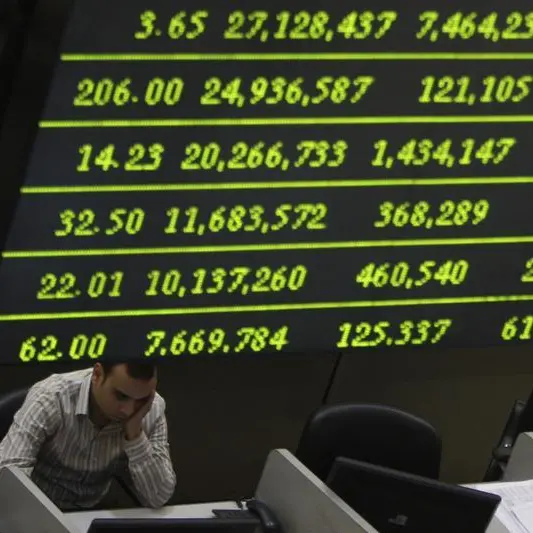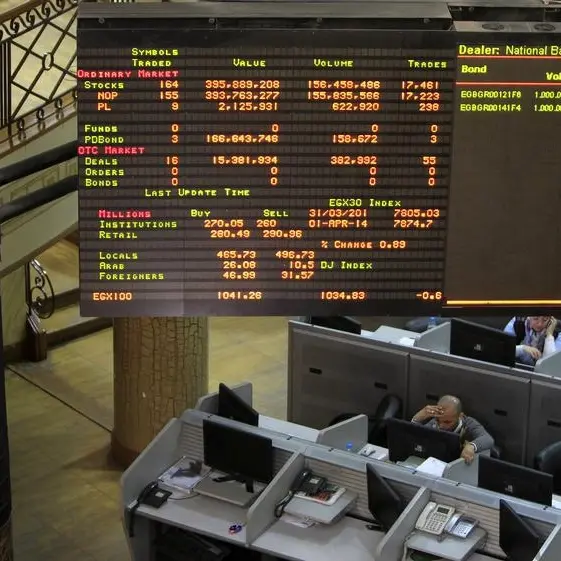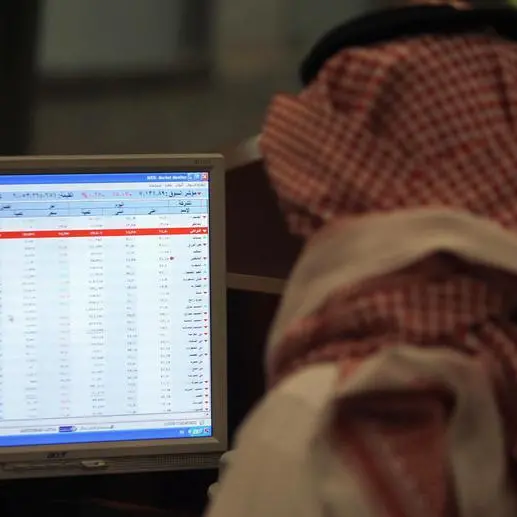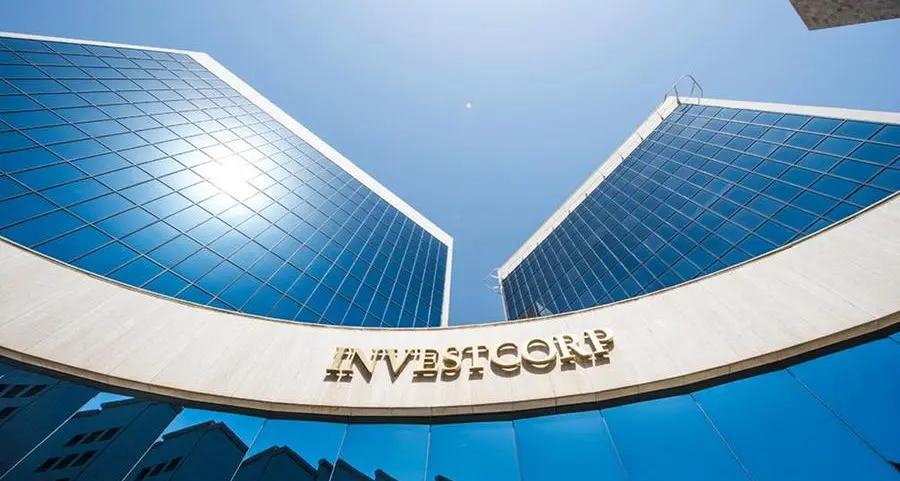According to credit ratings agency Moody’s both banks’ boards are expected to reach a final agreement, pending completion of due diligence, finalisation of the merger agreement and agreement on a number of other commercial issues. The agreement on pricing and the merger are credit positive for Alawwal because it will strengthen and diversify its business, supporting profitability and overall credit profile.
The merger is credit neutral for SABB because absorption of Alawwal’s loan portfolio, which has a higher proportion of problem loans, will offset potential economies of scale and increased business opportunity. On this preliminary agreement, Alawwal shareholders would receive 0.485 SABB shares for each Alawwal share.
HSBC is expected to be the largest shareholder of the combined entity, with 29 per cent of the share capital down from 40 per cent in SABB. The consortium, led by The Royal Bank of Scotland Group plc, Alawwal’s largest shareholder with a 40 per cent stake, would own 11 per cent in the combined entity. Saudi Arabia’s Olayan Group and the Saudi government, two large common shareholders in SABB and Alawwal, would retain ownership of around 18 per cent and 10 per cent, respectively.
Moody’s estimates that the merger would create the third-largest bank in Saudi Arabia, with approximately SAR271 billion ($72 billion) in total assets and a market share of 12 to 13 per cent in terms of assets, loans and deposits as of March 2018.
Given both banks’ well-established corporate banking franchises, the new bank would be the largest domestic corporate bank with a market share of more than 15 per cent in corporate loans. Alawwal will likely benefit from SABB’s larger and more established retail franchise, which will drive higher margins and support profitability through a larger proportion of low-cost retail banking deposits that will reduce funding costs and help the bank expand into higher- yielding retail banking offerings.
The combined entity’s pro forma net income to tangible assets is two per cent for the first quarter of 2018, versus 1.3 per cent for Alawwal. Additionally, Alawwal would also benefit from the association with HSBC, which has supported SABB’s credit quality in recent years in terms of risk practices, product development and technical and operational integration, and the consolidation would probably be credit neutral for SABB because it will absorb Alawaal’s higher proportion of problem loans.
SABB had a problem loan/gross loan ratio of 2.5 per cent as of March 2018, versus 3.7 per cent for Alawwal and 2.9 per cent for the combined entity. Alawwal also has a greater percentage of loans with a significant increase in credit risk under IFRS 9 at 25 per cent of gross loans as of March 2018, compared with 15 per cent for SABB and 19 per cent for the combined entity.
Concurrently, successful integration will lead to revenue synergies from pricing optimisation and cross-selling opportunities, cost synergies from economies of scale and expense consolidation and increased lending opportunities by leveraging each institutions relative strengths. For example, Alawwal has strong mortgage financing operations, a key growth area for Saudi Arabia, and has been rapidly building its digital banking capabilities.
© 2018 CPI Financial. All rights reserved. Provided by SyndiGate Media Inc. (Syndigate.info).











